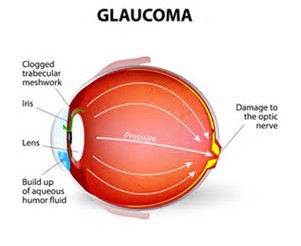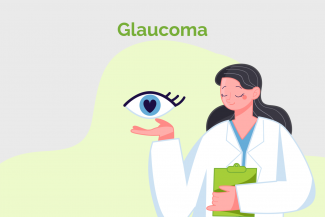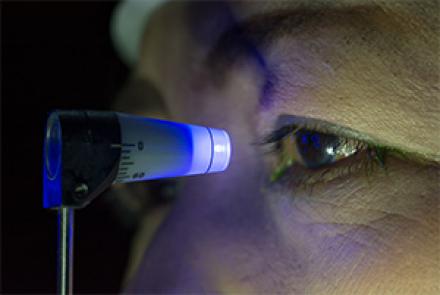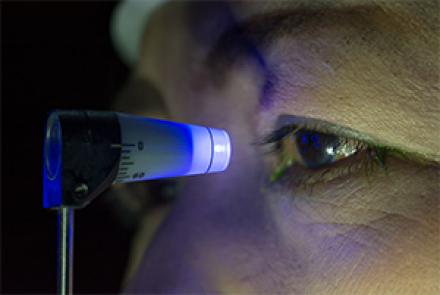
What is Glaucoma?
Glaucoma, one of the leading causes of blindness worldwide is an eye disease in which the optic nerve is damaged, leading to permanent vision loss. Usually (but not always) the damage occurs when the eye's internal fluid pressure rises too high. It is often referred to as a “silent killer” as it does not manifest any symptoms until extensive peripheral visual loss becomes apparent in the final stages of the disease. Most varieties of glaucoma are chronic, virtually lifelong disorders than can be controlled but not cured. Like diabetes, high blood pressure, asthma, or arthritis, glaucoma requires some modification in lifestyle, such as compliance with medical regimens, regular physician visits, and acknowledgment of the disease to achieve successful treatment.
How is intraocular pressure related to glaucoma?
Glaucoma is usually associated with elevated intraocular pressure which could be due to an excessive production of fluid (aqueous humor) from the ciliary body or an obstruction of fluid( aqueous humor) outflow through the chamber angle (trabecular meshwork). Fluid within the eye then builds up and increases pressure on the optic nerve. The nerve fibers and blood vessels in the optic nerve are easily damaged by this pressure, resulting in vision loss. However, some patients exhibit progressive optic nerve damage of glaucoma without elevated intraocular pressure. This is referred to as "low tension glaucoma" or "normal pressure glaucoma."

There is another condition called “ocular hypertension” in which the intraocular pressure of the eye is higher than normal but does not cause optic nerve damage and vision loss. Ocular hypertension is a risk factor for glaucoma and should be monitored closely.
Glaucoma content provided by Senior Ophthalmologist Dr. Charu Gupta









